Streets of fire, skies of smoke: Witnessing a revolution through my window
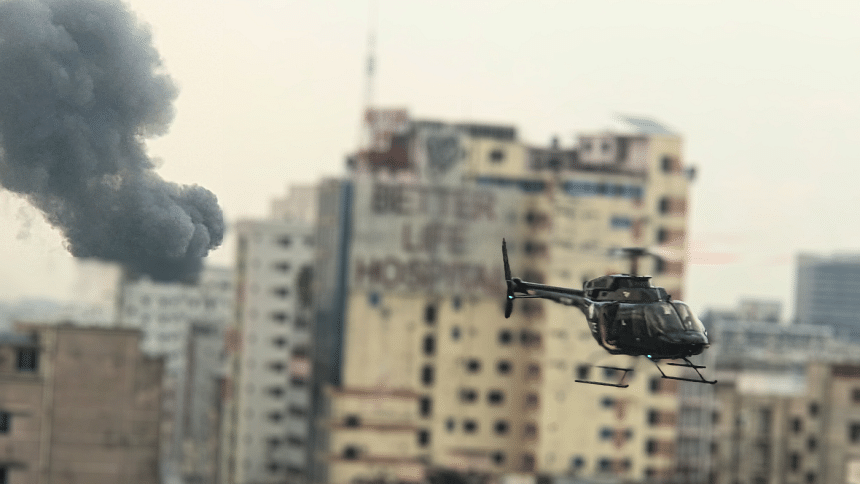
In this gripping first-person account, a resident of an 11th-floor apartment in Rampura recounted witnessing the July Revolution. The narrative captured the chaos, courage, and hope of a nation in rebirth — all seen from a window high above Dhaka.
The only good thing about the building I lived in was the view afforded by my room's two windows. The position of the 11-story building gave me a unique view of the sky — sunrise from one window and sunset from the other. On clear and quiet nights, one could see a sky full of stars. During winter, the entire horizon looked like someone from the heavens had dropped cotton, and on New Year's, it offered a mini-Sydney-harbour-esque fireworks show.
I sometimes looked down upon the people on the streets and watched what they did — children playing cricket in the rain on rooftops, people going about their daily chores, and of course, Dhaka's notorious traffic. However, what I never expected to witness through those windows — not in my lifetime — was the bloody rebirth of a nation.
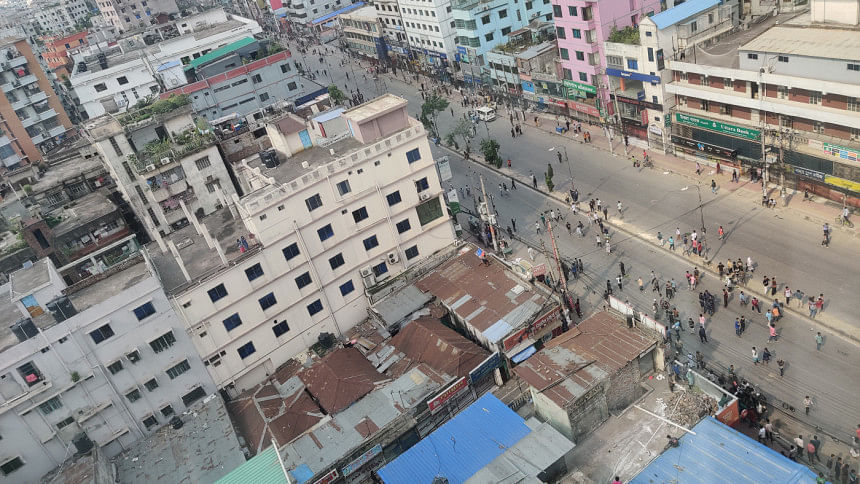
Located near Rampura, the building stood close to the BTV Centre, BRAC University, and, if one kept up with the news, just a stone's throw away from Better Life Hospital. In short, one of the hot spots of the entire revolt.
To be honest, at the start of July, when the demonstrations were only just beginning, I had mixed emotions. On one hand, like millions in the country, I too was tired of the regime, but also knew how quickly things fizzled out or were stamped out. I was old enough to have seen countless demonstrations get squashed, either through false promises or through shows of force.
On the other hand, I had just lost my mother in June, and deadly protests in the city meant our access to the Azimpur graveyard was closed. So, the movement felt, at the time, both predictable and painfully inconvenient. The media had covered the events widely, and even a simple look through the window suggested ordinary protests on the streets, albeit with long tailbacks. However, 18 July was when everything unravelled.
I was home that day and woke up to phone calls from concerned friends and family regarding shootings in my area. I opened Facebook. The pictures, the videos, the live feeds — it seemed a war had broken out.
In the midst of it all, BRAC University students took on the fight from public university students who had been vacated the night before. I was baffled by the absolute show of force — these were students demanding what seemed like legitimate rights. The blood, the tears, the screaming, the ambulances, the dead — it became immediately evident that this was different from previous protests I had seen.
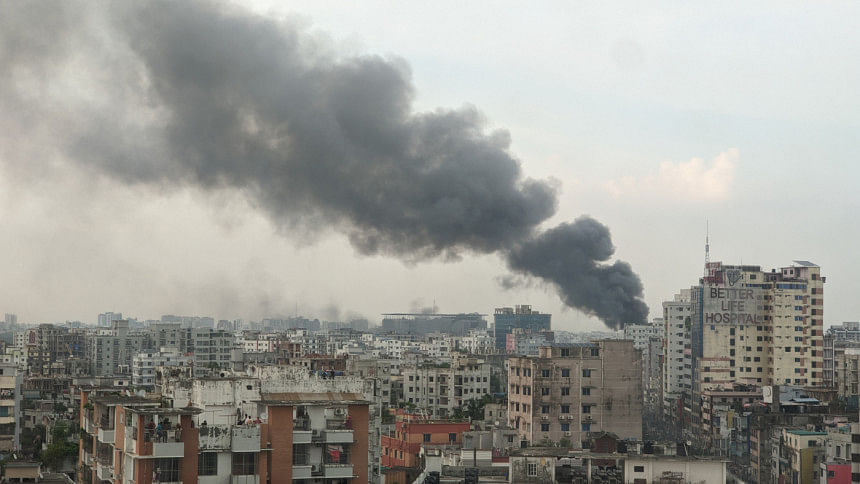
By noon, the chaos had started moving closer to Rampura, culminating in the torching of the state-owned BTV station. One could argue that the anger stemmed from it being a propaganda tool, talking of 'bumper crop yields' when half the city burned.
As I saw the big plume of smoke rising from BTV, a helicopter shirled into view before quickly heading back toward BRAC and hovering for a few minutes before, presumably, returning to base.

Soon enough, I could hear the sounds of gunshots, bomb blasts, and trails of smoke rising from all corners. Through those windows, I bore witness to a horrific tragedy as it unfolded.
By 6 PM, protesters had moved south from Rampura, reaching near Abul Hotel, which had been poorly barricaded by law enforcement. Now, I saw the human-on-human violence first-hand.

Pretty soon, armoured personnel carriers, crowd control units, and urban warfare vehicles had shown up. Sadly, there was little protesters could do about it, so students and demonstrators resorted to guerrilla-style resistance — ducking into alleys when the vehicles were in play and rejoining after law enforcers were back on foot.
Around 8 PM, I noticed internet speeds plummeting, and before any of us could get our bearings, the internet was gone. Through phone calls, I learned that a blackout was in effect to curb information spread on the internet, alongside a curfew being announced at midnight.

By 11 PM, all street lights and shop signs had been extinguished, throwing the entire neighbourhood into pitch-black darkness. Every ambulance, police car, or bike drove without headlights, and the urban warfare vehicles rolled up and down Rampura Road, firing explosives as they went by.

Perhaps it was the darkness, or the sounds of explosions, gunfire, and screams, but the entire ordeal left me depressed at my utter helplessness. This was real life. And it was far more real and terrifying for the students and protesters facing it head-on. At that moment, I wished with all my heart that their efforts and sacrifice would pay off, and that this would not be swept under the rug.

By morning, the city awoke not to birdsong or azaan, but to the thunderous roar of helicopters slicing through the sky. They weren't just circling — they were engaging. One chopper hovered so close to my 11th-floor window that, for a surreal moment, I locked eyes with the pilot. He saw me. I saw him. And in that frozen second, I realised just how far things had escalated. These weren't isolated incidents. These were coordinated, city-wide 'operations' unfolding in real time, turning Dhaka into a warzone.
Meanwhile, ruling party men also joined law enforcement to tackle protesters, and unlike the latter, these men were ruthless, to say the least. But the spirit of protesters was not one that broke easily.

To tackle the vehicles, they tore down lampposts and brought out steel lane dividers to use as shields from explosions. All the while, there was no internet to share these moments with the outside world.
As the days progressed, the rhythm of resistance became the city's new pulse. Although things began to ease up a little in my locality, in other corners of the city, countless faces joined in. The battle lines had blurred — this was no longer just a student movement; it had become the voice of a people long silenced.
And then came 5 August. Word spread first in whispers, then in roars. The prime minister had fled the country. That evening, I stood at my window once again. No explosions. No helicopters. Just a breeze. The streets were alive in a different way — not with tension, but with relief.
It has been a year now. The smoke has cleared. The barricades are gone. But the view from my window has changed forever. I no longer see just the skyline or the sunset. I see the flashes of a generation that refused to kneel. I see the blood-stained courage of students, the defiant songs of a crowd, and the flicker of torches raised high against tyranny.
Whether Bangladesh 2.0 lives up to its promise remains to be seen. But from where I stood — from the eleventh floor, between sky and street — I bore witness to a nation reborn. And no matter how much time passes, that revolution will always live on, through my window.
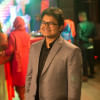
 For all latest news, follow The Daily Star's Google News channel.
For all latest news, follow The Daily Star's Google News channel. 

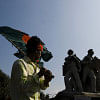
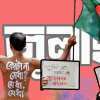

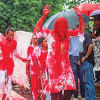

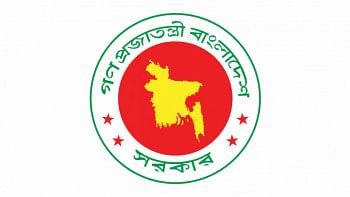
Comments